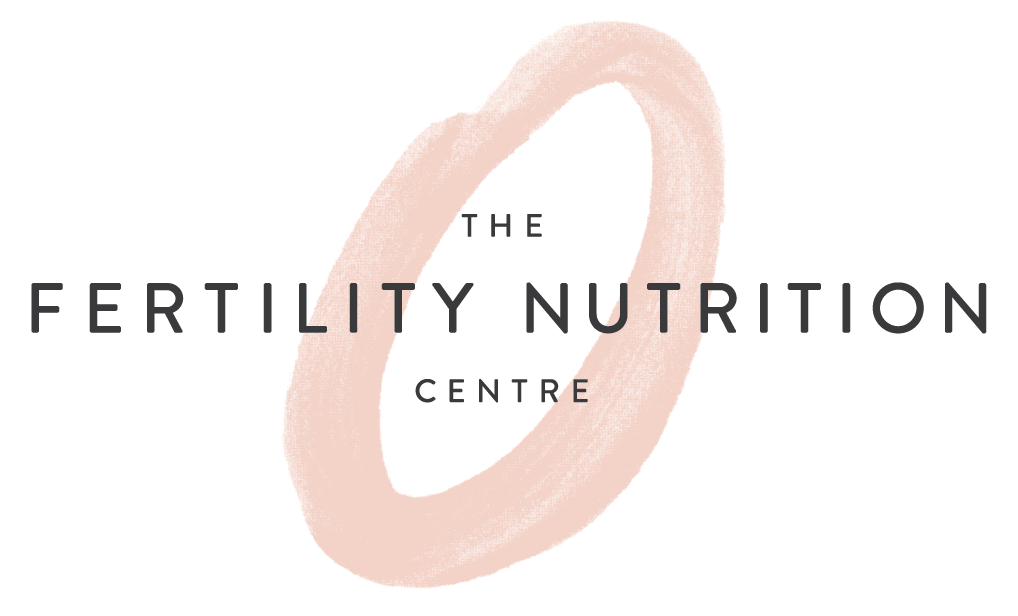
How toxic are our homes?
Our homes may not be as safe and clean as they appear. The prevalence of inorganic chemicals and toxins in our daily lives poses a significant threat to our health, including fertility. While the dictionary definition of toxins refers to poisons produced by plants, animals, or microorganisms, when discussing toxins in our homes, we are primarily referring to man-made chemicals that can disrupt our health. This also includes
In the past, the main concerns in homes were related to dirt and disease exposure due to poor infrastructure. However, with improved living conditions and access to clean water in the Western world, the issues have become less visible. But despite the clean appearance, harmful chemicals can be found within our homes, gradually causing harm to our health. These toxic chemicals are often referred to as “endocrine disruptors,” which can lead to disruptions in the endocrine system, fertility problems, thyroid issues, developmental problems in children, hormone disruption, and increased risk of metabolic diseases.
Women, in particular, are at a higher risk of exposure to such chemicals due to their increased use of personal care products. On average, women apply around 168 chemicals to their face or body daily, twice as much as men. This number only accounts for the chemicals directly applied to our bodies and doesn’t include those found in cleaning products, decorations, off-gassing from synthetic furniture such as sofas and mattresses as well as paints and glue used in the manufacture of kitchens, and wooden flooring, or pollutants encountered once we step outside.
Our bodies have a detoxification system to eliminate toxins, but modern-day life presents challenges. We are exposed to more toxins than ever before, many of which are relatively new and lack thorough testing for human safety. Additionally, the dosage of exposure is higher than ever.
The science and stats – what do they tell us?
Statistics and scientific studies shed light on the extent of the problem. Over 15.3 million homes in the UK are estimated to be at risk of “Toxic Home Syndrome” due to the accumulation of pollutants and moisture, leading to adverse health effects. Surprisingly, indoor air quality was found to be poorer than outdoor air quality in many cases, with some homes being up to 50 times more polluted. Despite these alarming figures, only a small percentage of UK residents have ever had their indoor air quality checked, and even fewer are aware of the associated health risks.
What are the most common pollutants in our homes?
Various pollutants contribute to the toxic load in our homes. Well-known culprits include BPA, phthalates, and PFAS, but many others exist. Although some chemicals have been banned in certain regions, they continue to circulate from before the ban. Furthermore, the banning of certain chemicals often leads to the emergence of new and untested substances, lacking long-term safety data.
Common household items that may contain toxic chemicals include skincare and personal care products, flame retardants in fabrics, non-stick coatings on cooking pans, pesticide residues on food, candles, cleaning products, laundry detergents, microplastics in synthetic fabrics, certain plastic toys and packaging, air pollution, vinyl flooring, lead-based paints, and contaminants in unfiltered tap water.
Mould is another prevalent pollutant with serious health implications. Moulds produce mycotoxins, which have been linked to cancer, infertility, and immunosuppression. Interestingly, an average family of four generates up to 24 pints of moisture daily through everyday activities like bathing, washing clothes indoors, cooking, and breathing, contributing to mould growth.
How about some less obvious pollutant nasties?
Less obvious sources of pollutants include cooking and heating methods, such as burning biomass and faulty boilers, which can have severe health consequences. Carbon monoxide, produced by gas-powered appliances, is toxic. Lead, found in older homes’ paint and plumbing, home pesticides, and flame retardants in furniture and electronics (particularly PFAS), all pose hidden dangers. Dust samples taken from UK homes commonly contain PFAS, which have been linked to immune system suppression and cancer.
What are the long-term health consequences of having a polluted/toxic home – what conditions can it lead to?
Living in a toxic home can have long-term health consequences. The higher the exposure to toxins, the greater the “toxic load” on our bodies, increasing stress on our liver and detoxification system. This can manifest in symptoms like fatigue, digestive issues, mood disorders, brain fog, and skin conditions such as acne.
Many modern chemicals have endocrine-disrupting properties, acting like hormones in our bodies. Examples include BPA and phthalates. Chronic exposure to these disruptors can contribute to hormonal imbalances, and evidence suggests their role in conditions like PCOS, endometriosis, and fertility issues. Moreover, some toxins can be passed to babies via the placenta, with microplastics even found in human placenta. Considering these factors is crucial before attempting to conceive.
What symptoms might you experience that suggest your home is toxic?
Toxic exposure can result in symptoms like cold-like or allergy-like reactions, brain fog, fatigue, and potential improvement of symptoms when away from home. Hormonal-related issues, including PCOS, endometriosis, and infertility, should prompt individuals to consider detoxifying their home environment.
In relation to fertility, symptoms may include difficulty getting pregnant or maintaining pregnancy, decreased sperm count or quality in males, hormonal imbalances such as elevated estrogen or thyroid dysfunction, irregular menstrual cycles, absence of periods (amenorrhea), developmental abnormalities in newborns or children, and an increased risk of hormonally-driven cancers like breast and prostate cancer.
In conclusion
Our homes harbour hidden dangers in the form of inorganic chemicals and toxins. With over 350,000 chemicals in production today, many of which are relatively new and lacking comprehensive human safety testing, it is crucial to be aware of the potential risks within our homes.
Considering the adverse effects of poor indoor air quality on our health, checking indoor air quality regularly is essential. Common pollutants like BPA, phthalates, PFAS, and mould can disrupt the endocrine system, leading to fertility issues, thyroid problems, developmental abnormalities in children, hormone disruption, and an increased risk of metabolic diseases.
To address these concerns, individuals should take proactive steps to reduce toxin exposure and create a healthier living environment. This includes being mindful of the products used, such as personal care items, cleaning products, and cooking utensils, and addressing potential sources of pollution like mould, lead, pesticides, and carbon monoxide. Detoxifying our homes can improve overall well-being and increase the chances of achieving optimal fertility.
We hope this has informed you rather than worried you because there ARE lots of things you can do. In our next blog, we will continue the topic and share some of our top tips to help you take active steps towards reducing toxins in the home.
Further reading:
https://www.ncbi.nlm.nih.gov/pmc/articles/PMC8157593/
https://www.cdc.gov/biomonitoring/Phthalates_FactSheet.html
Thanks to FNC-certified practitioners – Katy, Natasha and Jen for co-writing this blog.
What next?
Don’t forget to follow our Instagram page for more fertility nutrition tips from our team of certified practitioners.
Or click here, and head to our directory to book a free introductory chat with a team member.




